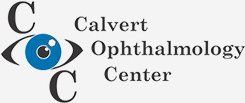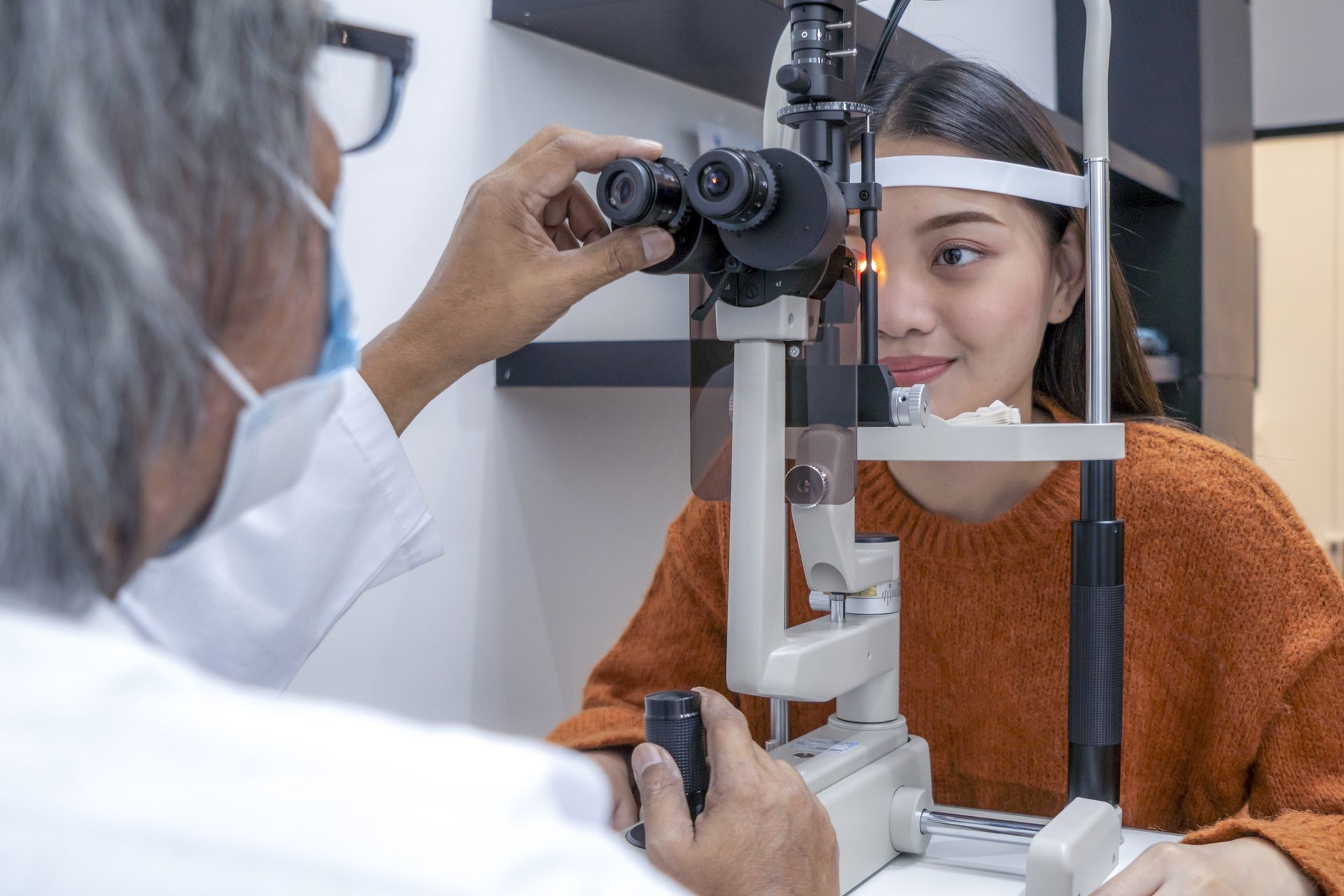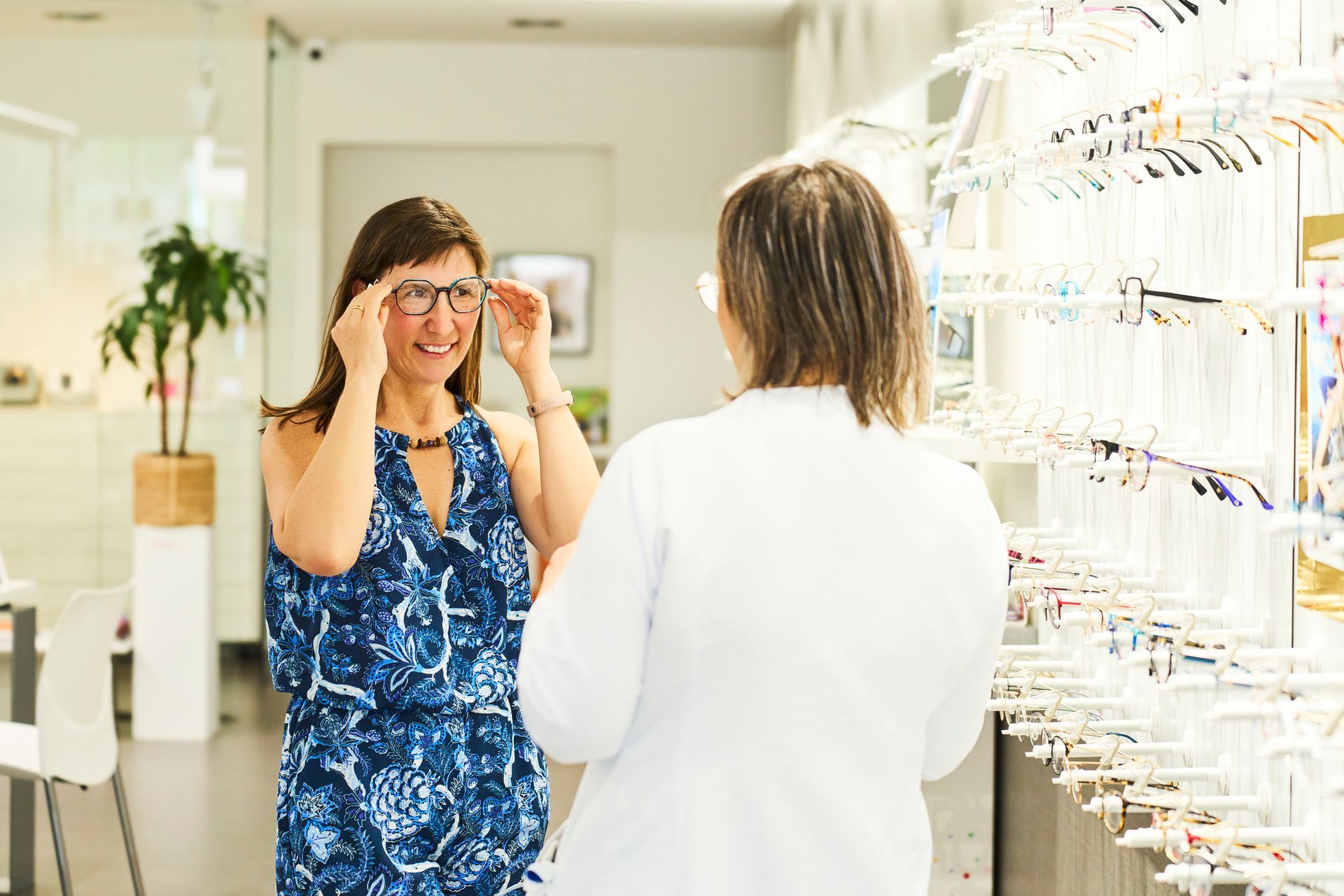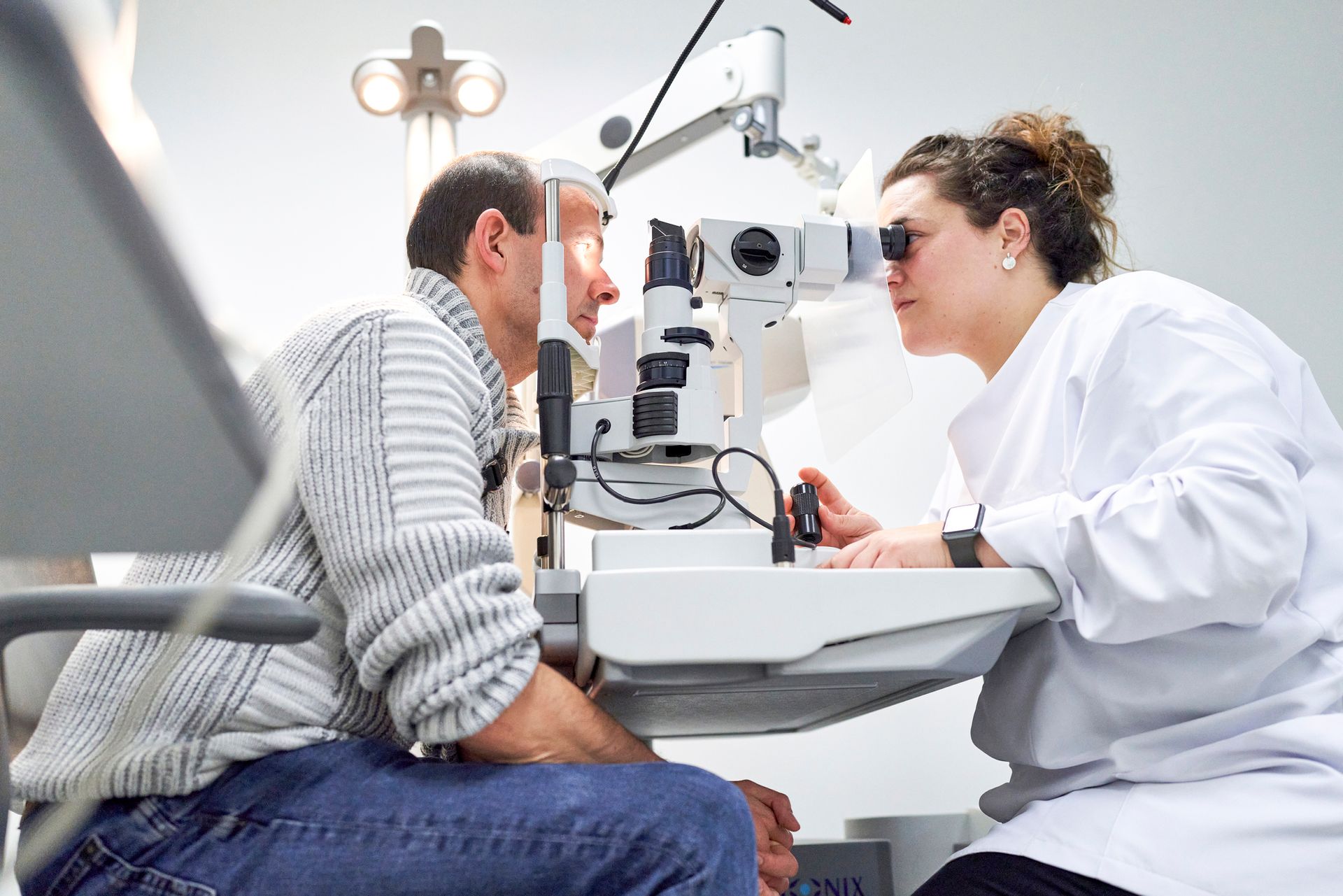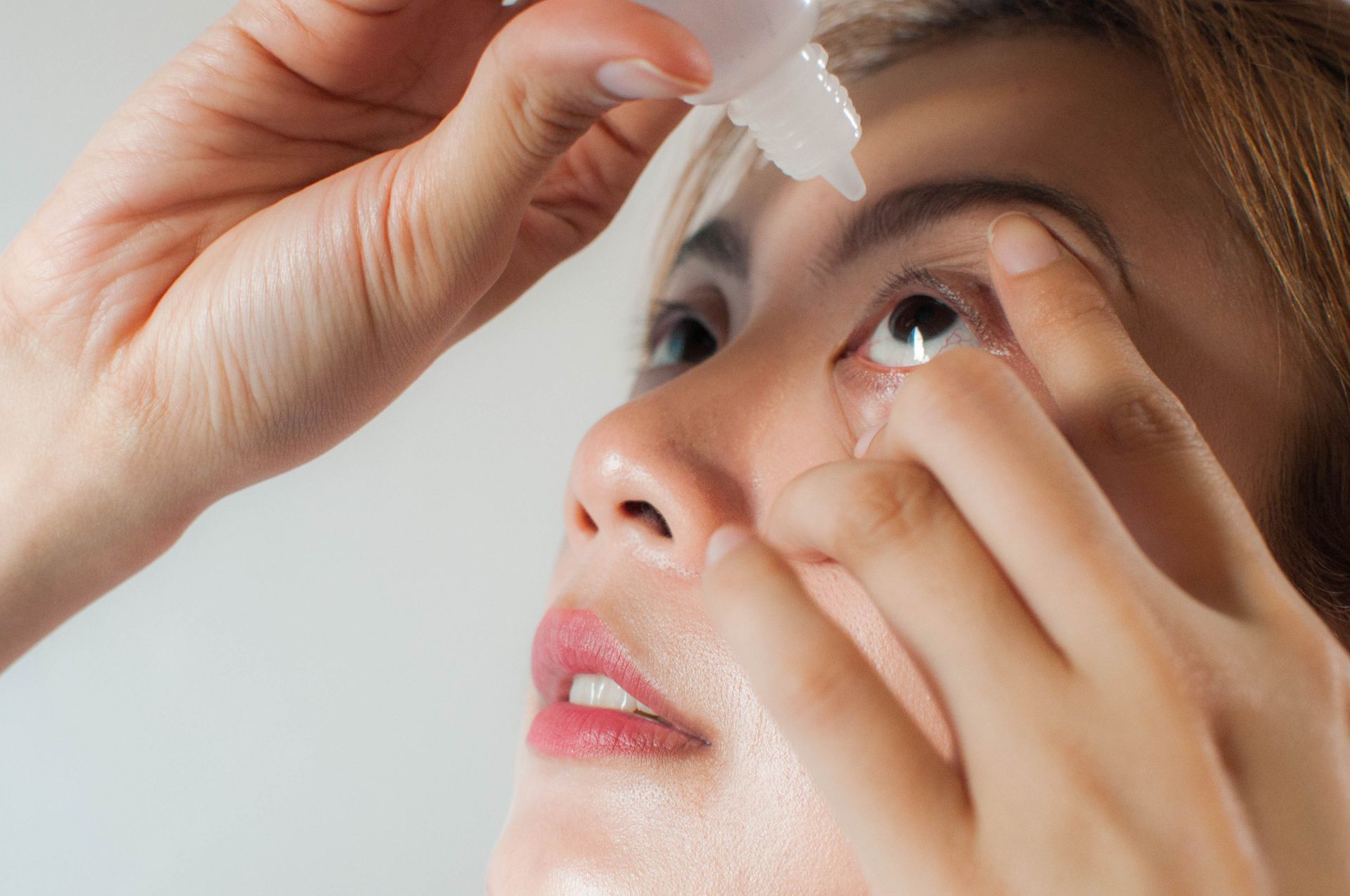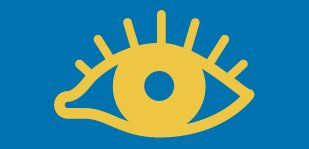Diabetic Eye Disease: A Primer
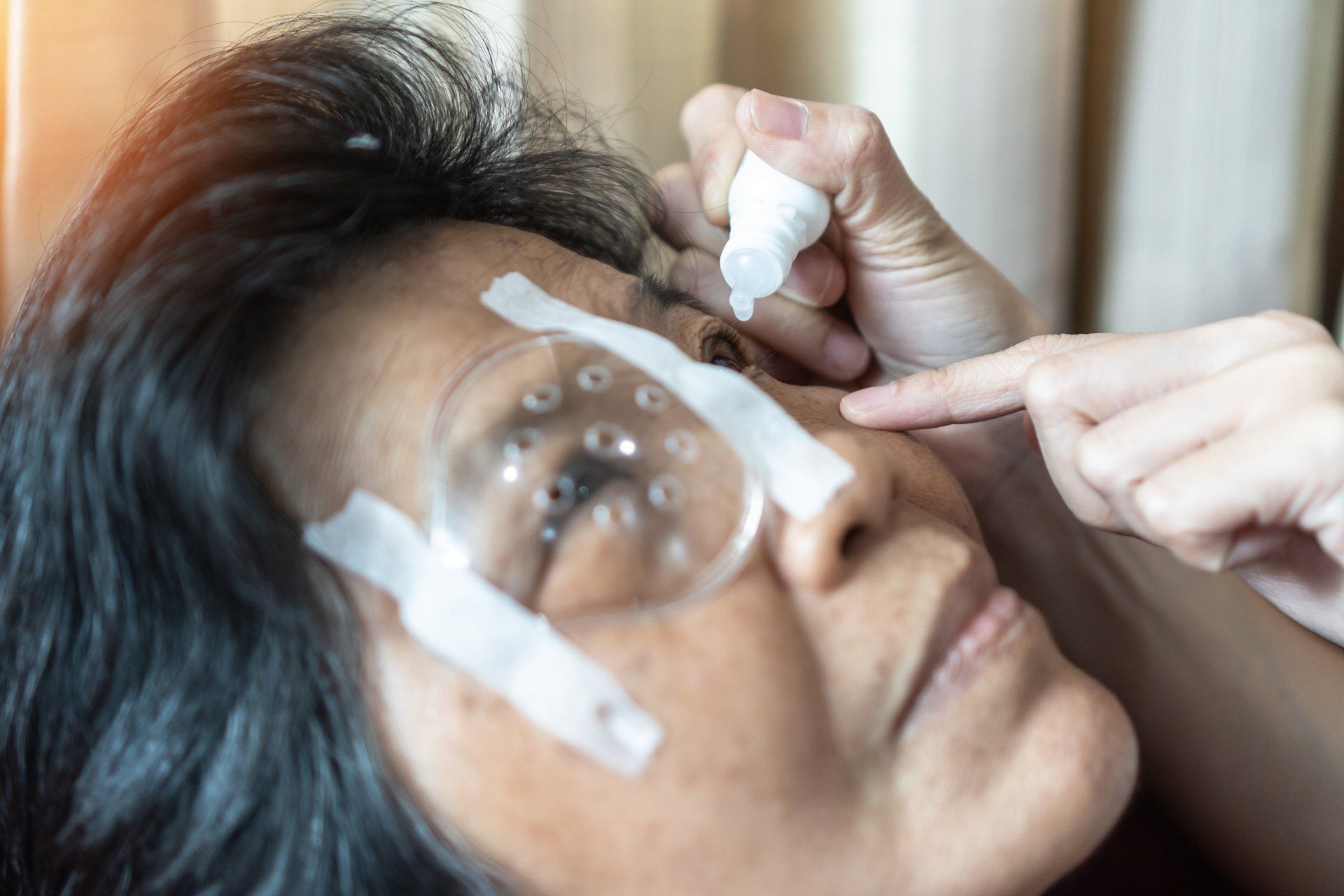
What is diabetic eye disease? According to the American Diabetes Association , more than 10 percent of the U.S. population has diabetes. If you're one of the 34 million Americans with this chronic condition, take a look at the top diabetic eye disease questions answered.
What Types of Eye Issues Impact Diabetics?
Diabetic eye disease isn't just one ocular issue. The term refers to several different potential problems that may affect people with type 1 or type 2 diabetes. These vision and eye disorders include:
- Retinopathy . This disease is characterized by damage to the blood vessels of the retina. The results include dark spots, blurry vision, dark areas of vision, impaired ability to see color, and vision loss.
- Macular edema . Diabetic macular edema causes swelling of the macula-or the center of the retina. You may have blurry vision or see faded colors with this eye disease. Some diabetics have complete vision loss over time.
- Glaucoma . Glaucoma affects the optic nerve. If left untreated, this eye disease can eventually cause blindness.
- Cataracts . Cataracts cause a cloudy eye lens and can lead to blurry version or color perception loss.
While anyone with type 1 or type 2 diabetes can develop these eye diseases, it's most likely to happen if you have uncontrolled high blood glucose (blood sugar). The increased risk for eye disease adds to the importance of prompt and proper treatment of diabetes.
How Can You Prevent Diabetic Eye Disease?
Again, diabetics with uncontrolled high blood sugar have the highest likelihood of developing eye issues. Even though some eye disorders aren't 100 percent preventable, the best ways to lower the risks include:
- Test your blood sugar regularly . Regular testing allows you to better understand your highs and lows. This can alert you to constant or unexpected high levels and can help you to keep your blood glucose levels under control.
- Visit the doctor . The doctor can help you to keep your blood sugar under control. Regular appointments allow the doctor to monitor your progress and make changes to medications you take.
- Take your medications . Whether you inject insulin, have a pump, or take oral medications, follow the doctor's orders. The better controlled your blood sugar is, the less likely it is you'll develop diabetic eye disease.
- Visit the eye doctor . Not only should you see your endocrinologist regularly, you should also maintain annual eye doctor appointments. The doctor can check your eyes and find potential problems before they go from minor to major.
If you have blurred vision, color vision changes, or any other eye issue, contact the eye doctor as soon as possible. The sooner you have an exam and get a diagnosis, the more likely it is the doctor can help you to treat diabetic eye disease.
How Should You Treat Diabetic Eye Disease?
The answer to this question depends on what type of eye disease you have and your individual needs. Common treatments for diabetic eye disease include:
- Medications. Direct eye injections with medications can help some types of disease, such as diabetic retinopathy. The doctor may inject vascular endothelial growth factor (or VEGF) to stop the growth of new ocular blood vessels.
- Surgery. Macular degeneration, diabetic retinopathy, and cataracts may require surgery to correct your vision.
- Laser treatment. Diabetic retinopathy may require a laser treatment, such as panretinal photocoagulation.
The doctor will examine your eyes, take a full medical history, and determine the best course of action for your vision. If you already have some vision loss, the eye doctor may need to prescribe new glasses or refer you to a vision rehabilitation specialist.
Do you need a diabetic eye exam? Contact Calvert Ophthalmology Center for more information.
